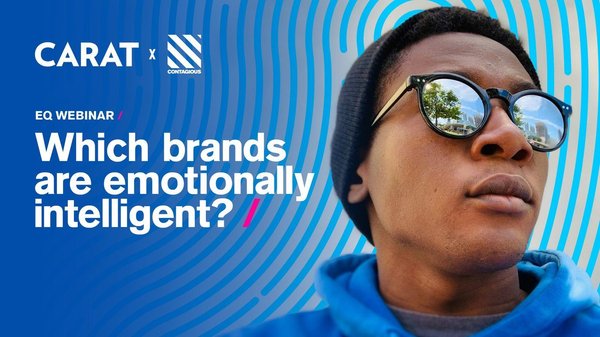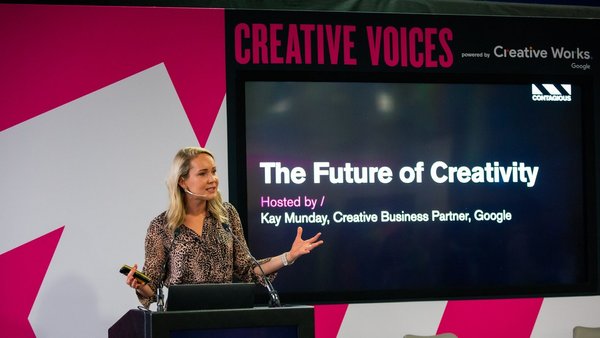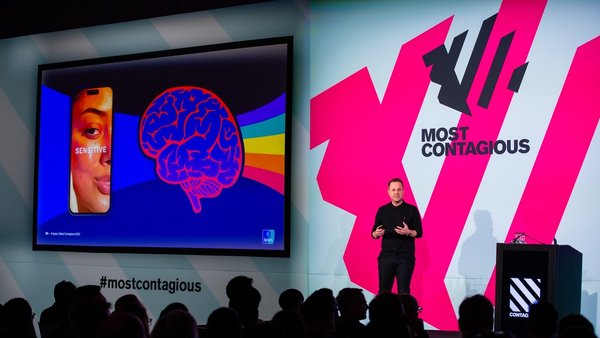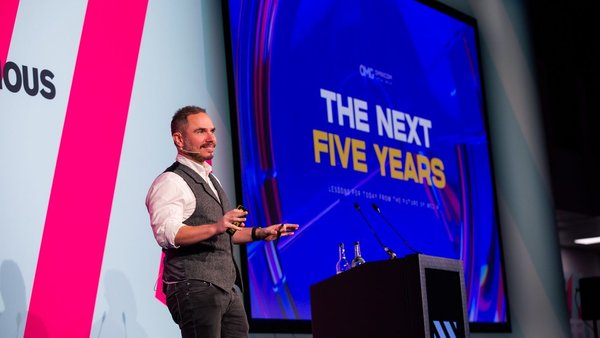Promoted content
Events Are Dead: Long Live Events /
Lively co-founders Mark Mitchell and Mike White on the future of marketing and events
Contagious Contributor
/
Even before the current health crisis it was apparent that the physical world is coming online. Smart objects, devices and machines are increasing our insight and control. Consumers are more highly informed, and better able to interact with, and influence, their experiences. In turn, organisations now get real-time connection to the physical world – enabling machines, as well as employees, to act and react faster, and more intelligently.
This led to a situation in which there are two ways to approach live marketing – digital experiences and physical experiences. And that’s been brought into sharp relief by the current crisis. We all know what lockdown and social distancing mean for large groups of people coming together. It just can’t happen – possibly for a long time.
But there’s some good news. Events have not gone away, we just need to look at them differently. For the time being, physical events are off the agenda. Facebook pulled its annual tech conference. SXSW was cancelled. Ten major tech conferences were shelved – at a cost of $1.1bn. The $1.5trn global business event industry has seen events either closed, rescheduled or going virtual.
Right now, virtual events are the only game in town. Hundreds, if not thousands, of projects that were originally planned as physical have gone digital. And there have been some notable success stories. When Mobile World Congress was cancelled in February, the telecommunications giant Ericsson engaged Lively to recreate the entire experience online – with a kick-off event, customer seminars, and a series of live broadcasts for social media viewers.

Unsurprisingly, there’s continued appetite for these virtual events. But we believe in a sweet spot, between physical and digital, that creates what we call live marketing – it’s a step up from experiential as far as we are concerned.
Physical events are tactile. They’re about networking, sensory responses, and shared emotional engagement. And, it has to be said, they also involve health and safety considerations.
Virtual events are accessible. You can take part from anywhere in the world. They can be just as sensory, just as engaging, just as immersive as a physical event – but they’re all about connection through technology and data, not physical proximity.

None of us know when and how the current crisis will end. But when it does, we predict that something like 60% of events will be live experiences, and 40% will be virtual.
This suggests that any business using live marketing will need an event strategy that combines virtual and physical communications. But when it comes to creating virtual events, it’s important to understand audience need, your story, the design of the event, unfamiliar tech and broadcast challenges, and how to manage your contributors and performers. Above all, creativity is as vital as ever – possibly more so, because you’re engaging with a remote audience.
All this requires high levels of agility and audience expertise, combined with an appetite for collaboration. There are encouraging signs on this already. Previously we were in a world of verticals where people were creating their own website, ads and events. But, in the space of a few months, we have seen these departments not just collaborating but enjoying the process. Live event people are learning about the virtual, and are already reaping the rewards of increased global audiences.
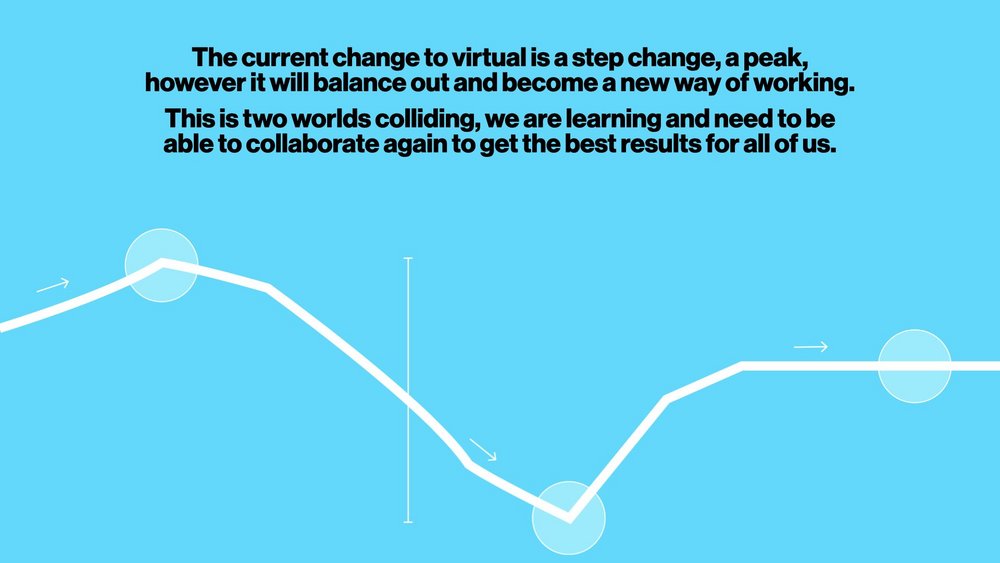
The current switch to virtual is at its peak but it will soon become part of that new way of working in which the physical and virtual events worlds will merge, not clash. We have no choice but to try different things and recognise that audiences are happy for us to give it go - they want to beconnected, they don’t want to be locked out.
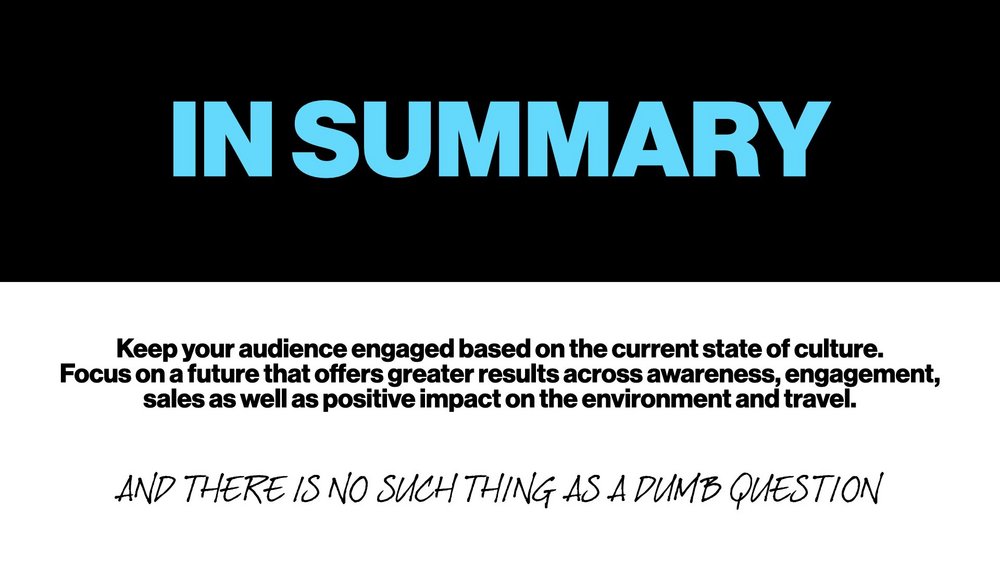
With this in mind, the most successful businesses will rethink their live marketing approach to achieve better results through increased awareness, reduced environmental impact, and higher sales.
Want more of the same? /
We don’t just write about best-in-class campaigns, interviews and trends. Our Members also receive access to briefings, online training, webinars, live events and much more.



